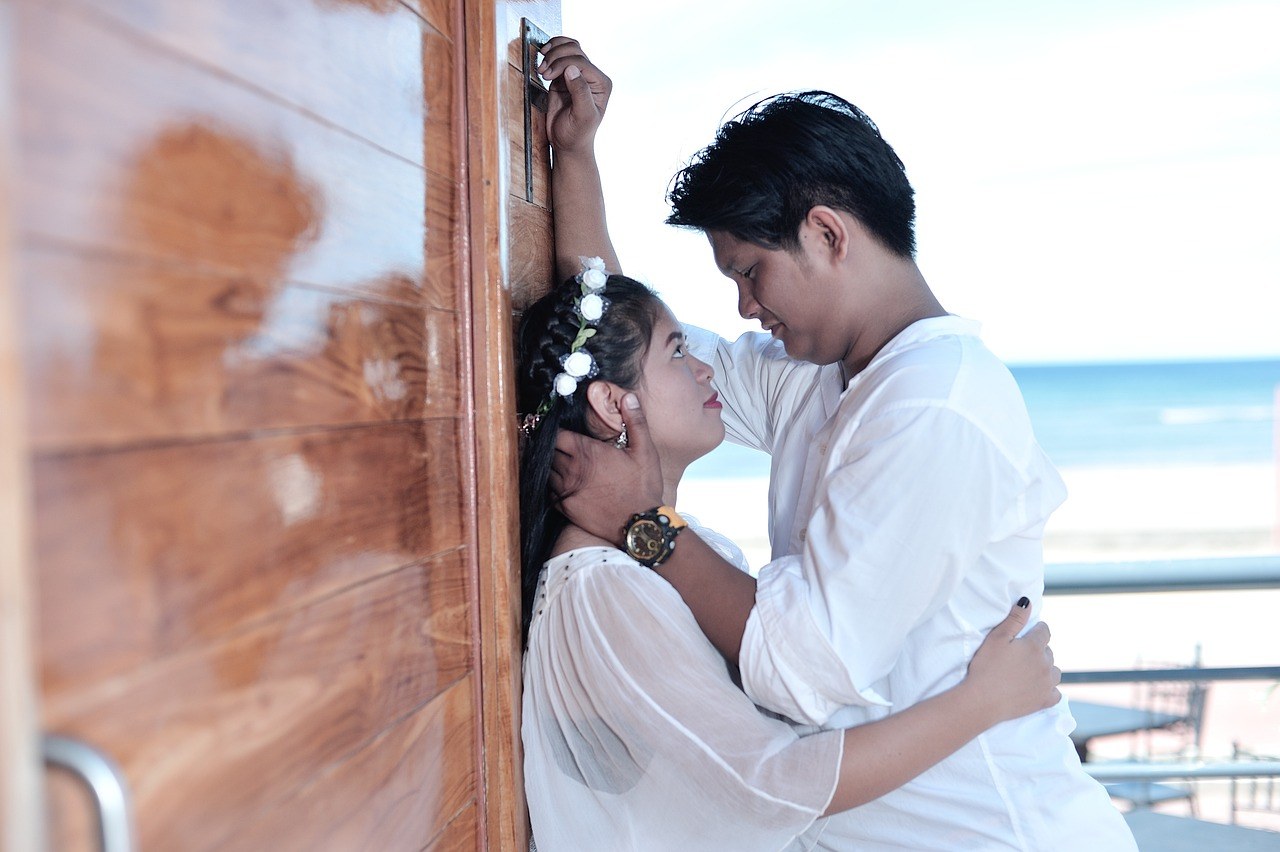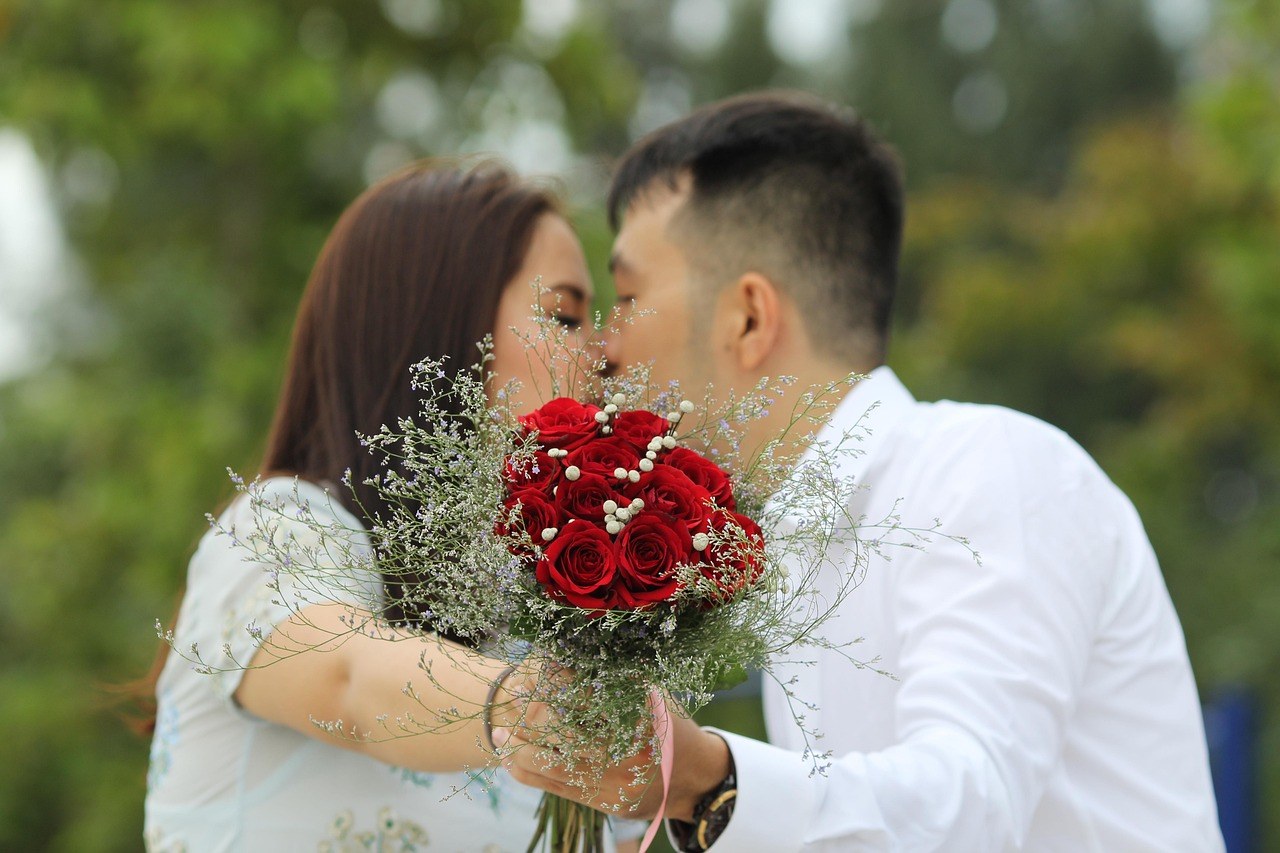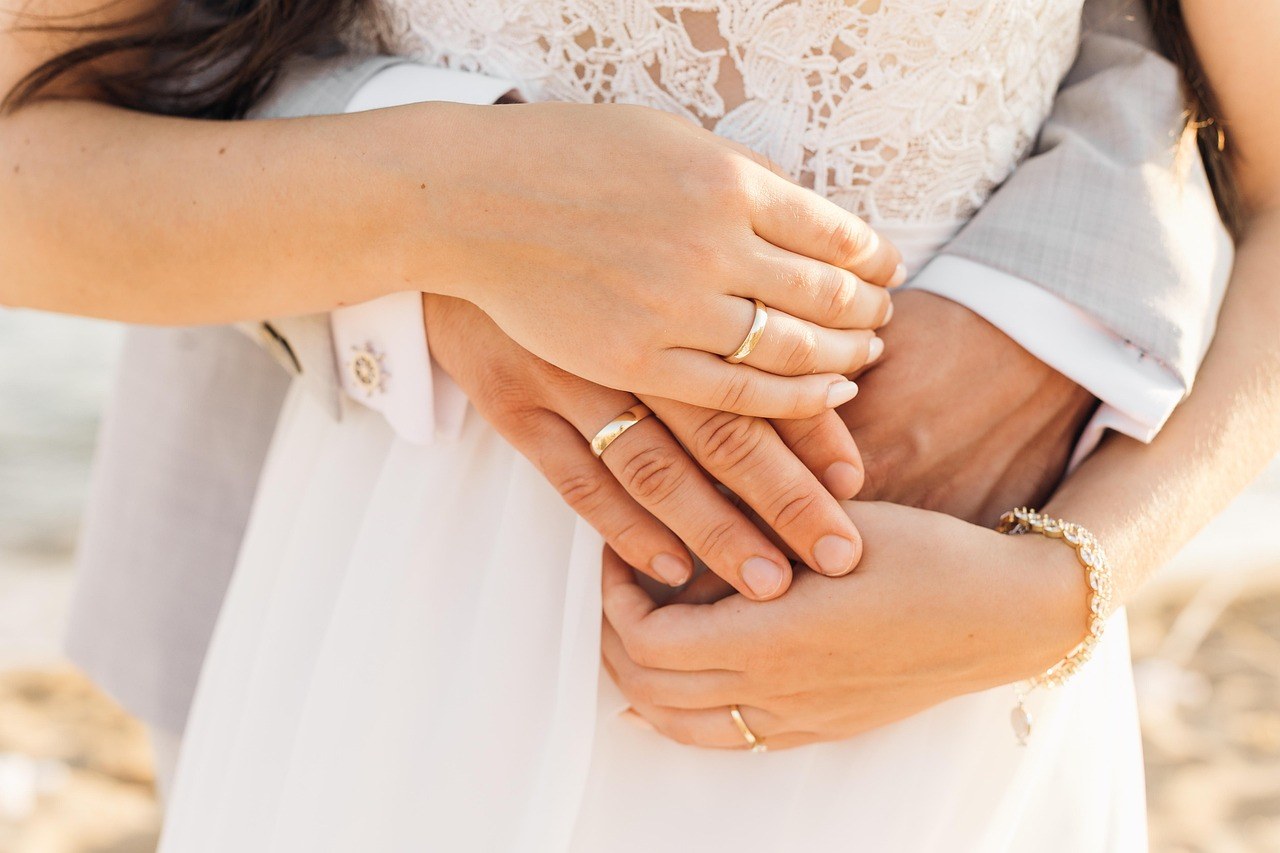Those first weeks together feel like a movie-hands brush, hearts race, and even the most ordinary moments seem dipped in gold. That early rush has a name: the honeymoon phase. It’s the stretch when you both lean in with curiosity and delight, trade flirty messages at odd hours, and see each other through a soft-focus lens. The honeymoon phase isn’t a trick of the light; it’s a mix of fresh attraction, hopeful storytelling, and a generous dose of attention. It feels effortless because, for a while, it is.
What the honeymoon phase actually is
At its core, the honeymoon phase is the opening chapter of a romantic bond-powered by novelty, magnetism, and the thrill of discovery. You show each other your shiniest selves, not because you’re being fake, but because you’re trying. You’re tuned in, responsive, and eager to impress. Affection flows easily; patience comes naturally. Little quirks read as charming rather than irritating. The honeymoon phase creates a bubble where possibility feels boundless and the person in front of you seems like the best plot twist you didn’t see coming.
Importantly, the honeymoon phase leans more on infatuation than on the sturdier qualities that carry long relationships-things like deep trust, shared values, and earned understanding. That doesn’t make it less real. It simply means you’re in a chapter that thrives on spark more than structure.

Why the honeymoon phase hits so hard
Newness is stimulating. When you’re discovering someone-how they think, what makes them laugh, the way they light up when they talk about a favorite song-you’re engaged on every level. Your energy spikes, your focus narrows, and ordinary routines feel brighter. Add the effort you both invest-thoughtful texts, sweet surprises, careful listening-and it’s no wonder the honeymoon phase feels like an emotional jet stream. You’re not imagining the lift; your mind and body are responding to change, attention, and reward-an intoxicating trio.
When the honeymoon phase tends to begin
For many, it starts almost immediately: chemistry sparks, conversations tumble forward, and the world seems to rearrange itself around one person. For others, it builds more gradually as familiarity grows. In either case, the honeymoon phase shows up early. It’s a front-loaded period of fascination that helps two people lean in and explore whether there’s something worth protecting.
How long the glow usually lasts
There is no universal clock. The honeymoon phase can fade quickly or linger, depending on personalities, pace, and circumstances. It doesn’t switch off in a single moment-more often it softens. You notice the shift when distractions return, your guard lowers, and you start to see each other more accurately. Rather than chasing a single number, pay attention to the rhythm of your specific connection-how quickly you integrate, how much novelty you create, and how you navigate friction when it appears.

Think of it this way: the honeymoon phase is a bridge. For some pairs, it’s a short footpath; for others, it’s a long arc. What matters is not the length of the bridge but whether it delivers you into a steadier kind of closeness.
Do all relationships pass through the honeymoon phase?
Not necessarily. Some couples don’t experience a giddy upswing-especially if both people are secure, measured, and slow to escalate. That’s not a sign that passion is missing. It can simply mean interest deepens in a quieter, more grounded way. The absence of a dramatic honeymoon phase doesn’t predict failure; sometimes it predicts stability.
Questions that help you estimate your own timeline
Because there’s no single answer, a few honest check-ins can help you understand how your honeymoon phase might play out in real time.

How long did you orbit each other before committing? If you texted, flirted, or spent time together for a while before making it official, you may have already lived through a portion of the honeymoon phase without naming it. In that case, the early intensity after commitment can feel shorter because some of the novelty was spent earlier.
How comfortable are you-truly? The honeymoon phase loves polished edges. As soon as comfort grows, the shine naturally dulls a little. If you’ve already swapped best behavior for real behavior, the phase may wind down sooner, making room for something calmer.
How woven are your lives? When you start joining family dinners, hanging with each other’s friends, and sharing routines, you see the full picture-the delightful and the difficult. This integration often signals the honeymoon phase easing into a more authentic daily rhythm.
How often do you see each other? Constant contact accelerates the narrative; space slows it. If you’re together daily-by choice or circumstance-you’ll move through the honeymoon phase faster than couples who see each other less frequently.
Where is your physical connection? A quick leap into high-intensity intimacy can compress the timetable because much of the mystery gets answered early. A slower, more gradual progression tends to stretch the honeymoon phase by preserving anticipation.
Are you chasing butterflies or building bond? If your focus is the chase, a quieter chapter may feel like a letdown. If you’re invested in the person as well as the thrill, the transition beyond the honeymoon phase will feel less like an ending and more like a shift.
How secure do you feel right now? Early on, reassurance flows freely. Over time, security comes from consistency. If you increasingly trust what you have-even when the buzz softens-you’re likely moving beyond the honeymoon phase into steadier ground.
How much fun do you still make on purpose? Shared joy stretches the timeline. When life gets busier and play requires planning, the honeymoon phase can fade unless you keep sprinkling novelty into the routine.
Does the ending of the honeymoon phase spell trouble?
No. The soft landing after the high is expected. The honeymoon phase isn’t designed to last forever-it’s designed to open the door. Once you’re through, the relationship asks different questions: Can we communicate when we disagree? Do we repair after we misstep? Do we choose each other when the thrill quiets? Moving past the honeymoon phase is not failure-it’s the start of the real work and real rewards.
Clear signs the honeymoon phase is winding down
Changes are subtle at first, then obvious. That doesn’t make them bad-only honest. Watch for these common markers that the honeymoon phase is giving way to everyday love.
Ease replaces performance. You drop the tiny performances and breathe. You’re comfortable being yourself-even when “yourself” is messy or tired. This is healthy; it means the bond can carry reality.
Communication finds its pace. The nonstop stream of messages becomes a steady cadence that fits your days. You don’t need constant contact to feel connected.
Small habits start to matter. What once looked quirky now occasionally grates. Instead of reading this as doom, treat it as information about preferences and boundaries.
Attraction shifts tone. The initial jolt becomes warmth. You still want each other-just not always with the same urgency. This is a normal evolution beyond the honeymoon phase.
Masks come off. You retire the highlight reel. Stories are less curated, more real. Intimacy grows when the full picture is allowed in.
Feedback flows both ways. You speak up about dishes, lateness, or phone time. Gentle accountability replaces constant accommodation.
Solo time feels welcome. You rediscover your own rhythms and friends. Space doesn’t signal distance; it creates oxygen.
Presentation relaxes. The three-hour prep vanishes. You still try, but comfort shares the stage with effort.
Sleep wins over cuddling marathons. A few minutes of closeness, then practical comfort-proof that tenderness and rest can coexist.
Certainty grows. You don’t read tea leaves from every text. The ground under your feet feels steadier, which often means the honeymoon phase has evolved into trust.
Sex finds a realistic rhythm. Less frequency can alarm new couples, but real life has cycles. Desire ebbs and flows; intimacy is more than a tally.
Preferences resurface. You admit you still don’t like that band, and that’s fine. Agreement is nice; honesty is better.
Arguments happen-and repair matters. Differences appear; repair skills keep closeness intact. Conflict is data, not a verdict.
Etiquette loosens. You’re human around each other-real, unpolished, occasionally goofy. Keep a little mystique while enjoying the freedom.
Truth gets easier. You say what you mean about plans, needs, and limits. Clarity is a cornerstone beyond the honeymoon phase.
Sharing deepens. You exchange more of your inner world-hopes, fears, histories-and build a sturdier bond.
Public displays settle. The urge to perform your closeness fades. If both feel fine about it, nothing’s wrong-you’re simply secure.
Affection words appear less, weigh more. The phrases may be less frequent, but they land with greater meaning because they’re backed by consistency.
Everyone exhales. The edge of vigilance drops. You stop auditioning and start belonging-one of the most reliable signs that the honeymoon phase has matured.
You reintroduce yourself to yourself. Hobbies return, routines stabilize, and you bring a fuller self back into the pair.
Compliments require intention. You still notice the good; you simply have to remember to say it out loud.
Future-tripping calms. You imagine tomorrow without needing to script every milestone. Confidence replaces urgency.
Missing each other changes flavor. You don’t crave constant proximity; you enjoy togetherness and you enjoy your separate lanes.
Families look real, not ideal. You see the charm and the challenge in each other’s people-and set boundaries that keep the relationship healthy.
Love feels chosen. After seeing each other clearly, you still pick each other. That choice-made past the honeymoon phase-means everything.
What to do when the early dazzle dims
If you weren’t expecting the shift, it can feel unsettling. Treat it as a handoff, not a cliff. Here’s how to move gracefully from the honeymoon phase into durable connection.
Reassess with kindness. Ask yourself how you feel now that the gloss is thinner. Do you like who they are when the volume is lower? Honest answers guide the next chapter.
Notice your patterns of friction. Are you clashing from difference or from misunderstanding? Knowing the source helps you respond rather than react.
Normalize the transition. The end of the honeymoon phase is expected. Reminding yourselves of that fact can reduce unnecessary anxiety.
Refuse the false ending. A quieter season doesn’t mean love is fading. Often it means love is deepening in a different register.
Revisit what made you glow. Bring back small rituals from early days-inside jokes, playlists, a favorite walk. Nostalgia is a renewable resource.
Use conflict for closeness. Listen, validate, and problem-solve. When handled well, disagreement becomes a bridge rather than a wall.
Name why you’re here. Say out loud what you appreciate and what you’re building. Clarity anchors you after the honeymoon phase.
Set expectations together. Talk about kindness, time, effort, and how you’ll handle busy seasons. Agreements reduce resentment.
Communicate more than you assume. People are not mind readers. Share needs, ask questions, and keep the channel clear.
Refresh the routine. Novelty doesn’t have to be extravagant. Try a new recipe, swap date-night formats, or plan a mini adventure.
Accept imperfection. You are both human. Embracing flaws makes love feel safer and more sustainable beyond the honeymoon phase.
Picture real life together. See how weekdays, chores, and downtime feel as a pair. Compatibility in the ordinary is a quiet superpower.
Adjust intimacy expectations. Desire has seasons. Instead of counting encounters, invest in quality, playfulness, and emotional safety.
Look for consistency, not spectacle. Reliable effort beats grand gestures. Pay attention to what your partner does repeatedly.
Honor the new chapter. Celebrate the shift from infatuation to steadiness. You’ve crossed a threshold the honeymoon phase was designed to lead you toward.
Can you revive that early spark?
Absolutely. You can’t rewind time, but you can recreate ingredients-novelty, attention, and shared meaning-that made the honeymoon phase so buoyant. The key is to be intentional, not nostalgic. You’re not trying to be who you were; you’re trying to bring freshness to who you are now.
Talk like teammates. Communication is glue. Say what you want to try, what you miss, and what would feel exciting. Curiosity keeps the connection nimble after the honeymoon phase.
Date on purpose. Trade sweatpants-and-streaming for plans that require a little effort. Dress up, explore a new spot, or learn something together. Shared novelty restarts momentum.
Reinvent your “us.” Choose a project or ritual that belongs to the two of you-sunset walks, weekend breakfasts, a playlist you add to all year. When you build identity as a couple, the spark has a home.
The early rush was never meant to be the whole story. It was the runway. When you honor what the honeymoon phase gave you-energy, openness, courage-and then keep choosing each other with eyes wide open, you trade fireworks for a steady flame. Different light, same warmth.